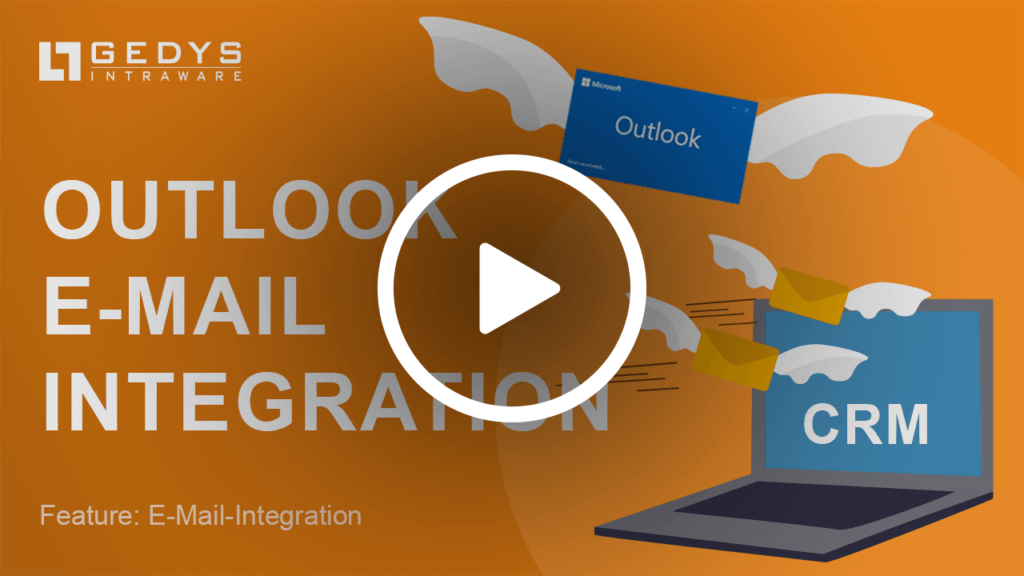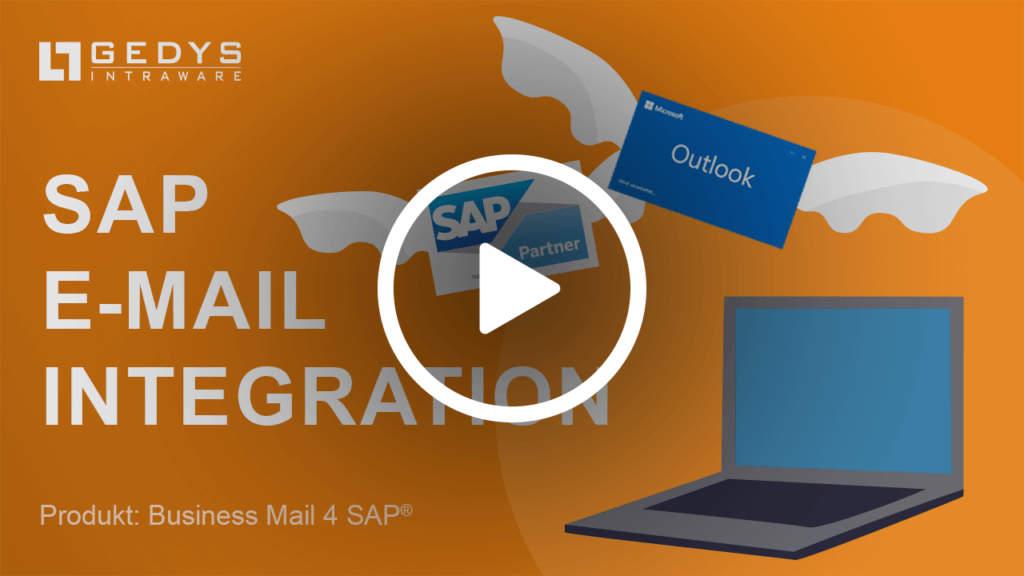Has the email flood already captured you?
Flood of e-mails: currently 306.4 billion emails per day
E-mail flood reaches new highs: according to an estimate by Statista, 306.4 billion emails will be sent and received daily in 2020. This flood of emails mainly affects working people in business matters. Especially top decision-makers have to accept a considerable loss of time due to the many emails to be answered. Not only the high number of mails, but also the way they are communication lead to a loss of efficiency.
How to tell you if you’re writing and receiving too many emails, how to counteract the may-may flood, and how to make email usage more efficient, see this post.
Inhaltsverzeichnis
Does the email flood affect you too?
Whether you are investing too much time and effort in your e-mailing can be recognized if you can answer several of these questions with yes:
- Do you feel like you’re wasting time reading and writing emails because you neglect more important things?
- With emails sometimes your business transactions take longer than necessary?
- Do you feel that you always have to be reachable?
- Your email communication often has misunderstandings because you and the customer don’t have enough information about each other?
- Do you consider many customer concerns to be an isolated case rather than using organized processes?
- Do you receive frequently forwarded mails or forward your own emails?
- You often find yourself in CC: again?
The CRM processes take the strategy as the basis for optimally shaping interactions and communication at all customer contact points (call center, field service, website, etc.) throughout the entire customer journey. This means that all CRM processes, from customer acquisition to complaint and customer loyalty, should become simpler and faster and deliver better quality.
How to handle the email load?
The easiest way to distance yourself from the “time and efficiency thief” email is to check your inbox at a reduced time: for example, you could only check your emails 3 times a day at fixed times. However, since important e-mails often need to be answered quickly and the rare response in inefficient communication unnecessarily prolongs the mailing process, there are beneficial tools, e.g. a CRM system (What is a CRM system?).
On the one hand, a CRM system helps you to save time for writing emails and on the other hand supports you in such a way that you have relevant information about the mail recipient clearly and you do not have to do any additional research work.
Control the email flood
With GEDYS IntraWare BusinessMail for your mailbox, you can make your email processing as efficient as possible: Even when you receive an email, you can get all relevant information about the sender such as company, contact or latest activities at a glance with the received email. And with just one click, the email can be documented in CRM or SAP, so that you have access to this information at any time. This creates new transparency, e.g. in the case of representation or in subsequent requests from business partners.
Emails can be sent to single or multiple people from a template. This saves time for recurring tasks, e.g. the dispatch of product and company information, appointment agreements, service feedback, etc.
Thanks to the email integration in the CRM software, emails can also be assigned to any other data such as projects, service tickets or events, so that you can have an overview of all communication within a project, service case or of the event.
Another time-saving function is the automatic creation of a contact incl. Company from its email signature. This allows you to have unknown senders, which are not yet created in CRM, automatically create them in the CRM from the mailbox.
Helpers for SAP users: Direct access to SAP data from the mailbox
With BusinessMail4SAP® (Integration of SAP and Mail) you can also link any SAP data to your mailbox. For example, delivery notes, invoices, reminders or open items are immediately visible when you receive a request by email. For example, you can read a return order and see the related transactions in SAP at the same time.
With a link to the relevant transaction, you will then be led directly to the order details and can respond to the complaint. You can store the mail in SAP or CRM with a single click. In this way, you can easily control the email flood in the future and gain time for the essentials.


